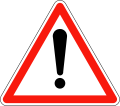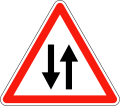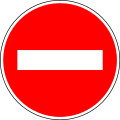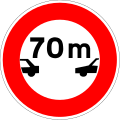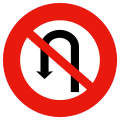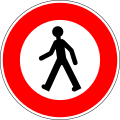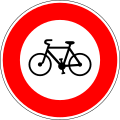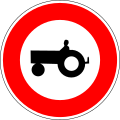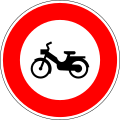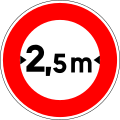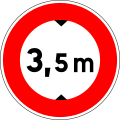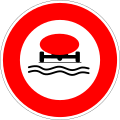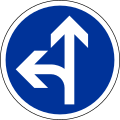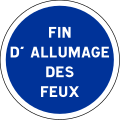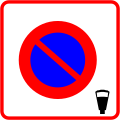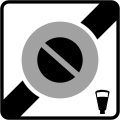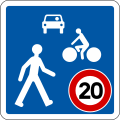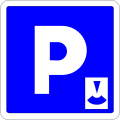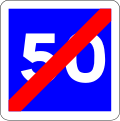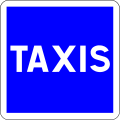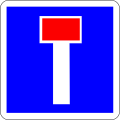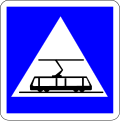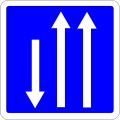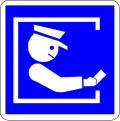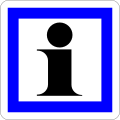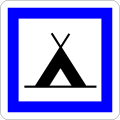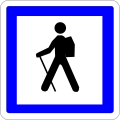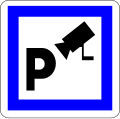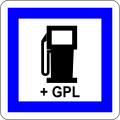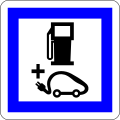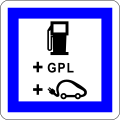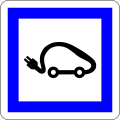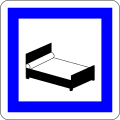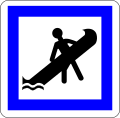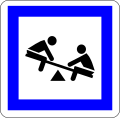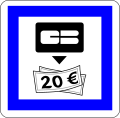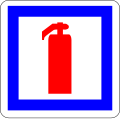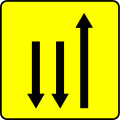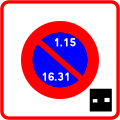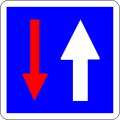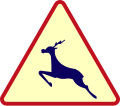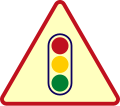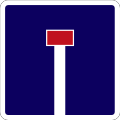History
The first road signs with modern symbols were created in France in 1902 by the Automobile Club of France, which had been founded in 1895. [4] When cars started appearing in France in the 1900s, there were signs for motorists and cyclists with the words "Moderate Speed" or "Slow Down". On 11 October 1909, the first attempt at international unification of road signs was made in Geneva. Four round-shaped obstacle signs were adopted: "break", "Z-bends", "Level crossing with barrier" and "X-crossing".
In 1926, the four danger signs created and used since 1909 were definitively changed from the disc shape to the triangle shape still in use today. Unguarded level crossings were added, and in 1928, at Switzerland's request, one-way, direction, parking and no parking signs were adopted. In 1931, France signed the Geneva Convention concerning the unification of road signs and signals.
On 15 July 1942, during the occupation of French territories by Nazi Germany in World War II, a decree was signed amending the traffic rules: a sheet was to be placed around danger signs and the colour of the vignettes (previously dark blue) was to become black, as was the German custom. However, these changes were probably not implemented. [5]
After the end of the war, a general instruction dated 1 August 1946 on road signs was published. This was the first document to regulate in detail all applications of road signs. Colours were standardised. The shape of some signs was changed, such as danger signs, the corners of which were now rounded. Some graphic elements were changed. New signs appeared: height limits, double speed limits for buses and cars, prohibition of lorries, thawing barriers, etc.
Influences
Due to historical reasons that led to the colonization of several African countries by France and the subsequent spread of the influence of the French road sign system, road signs in Morocco, Algeria, Tunisia and the rest of the French-speaking African countries are similar in design to the modern road signs used in mainland France as well as in its overseas territories including Reunión, Mayotte, French Guiana. One of the differences is that road signs in Morocco, Algeria and Tunisia display text in both Arabic and French.
This page is based on this
Wikipedia article Text is available under the
CC BY-SA 4.0 license; additional terms may apply.
Images, videos and audio are available under their respective licenses.


















